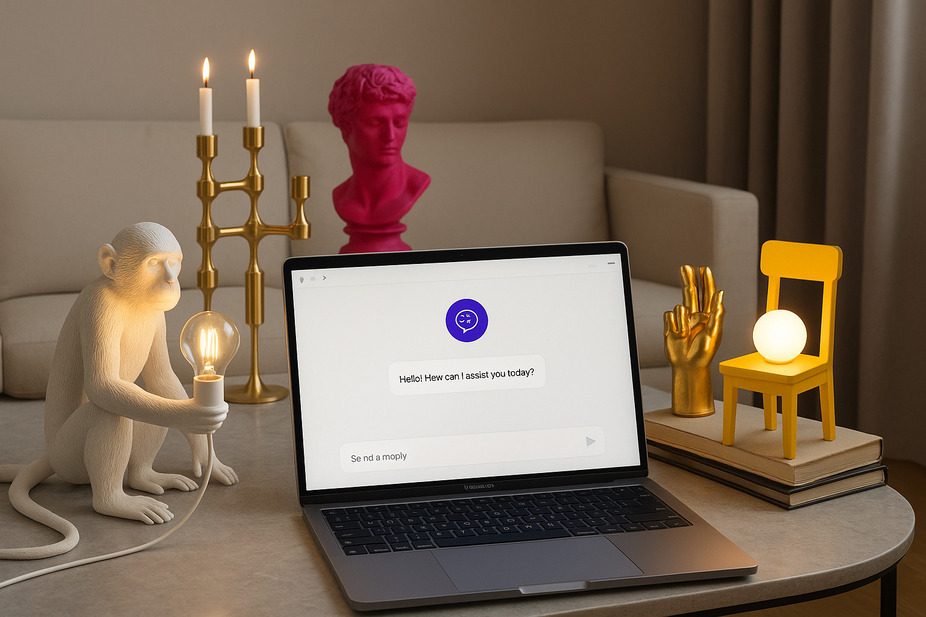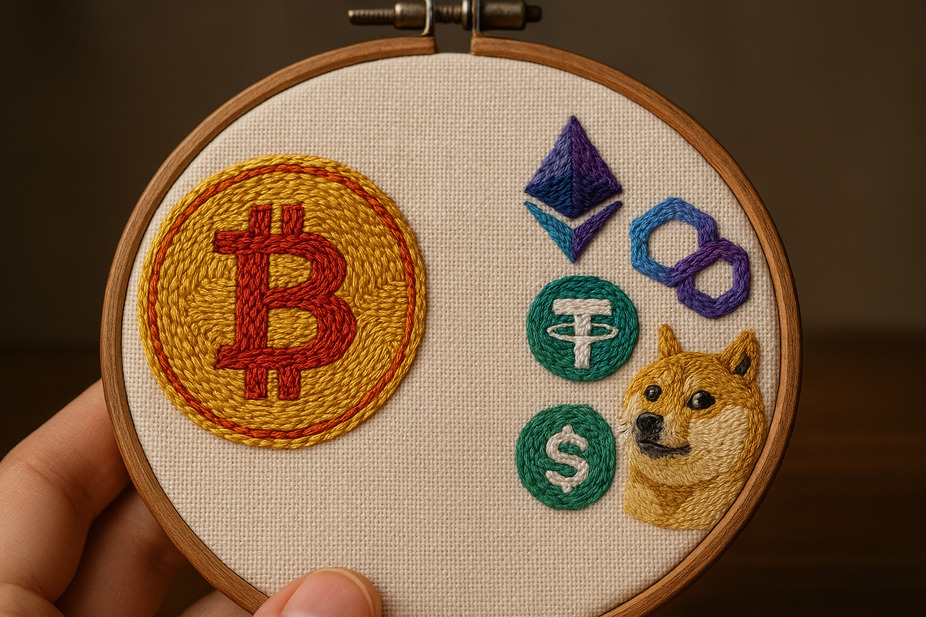Who is Satoshi Nakamoto? The search for Bitcoin’s elusive creator

Bitcoin. Sixteen years on, and it’s hard to believe that what was once a fringe concept has become a six-figure asset. Yet, the person—or people—behind it all, Satoshi Nakamoto, remains one of the greatest mysteries in the crypto world.
It’s been over a decade since Satoshi’s last known communication, and the wallets associated with the name have long been dormant. You’d think the trail would be cold by now, but new theories about Satoshi’s identity just keep popping up.
But does it even matter who Satoshi is at this point? To get some perspective, I spoke with BTCparser, the creator of a suite of tools for analyzing the Bitcoin blockchain. We dug into why this anonymous figure continues to captivate us and what the potential fallout might be if the truth were ever revealed.
A quick trip down memory lane
Back on 3rd of January 2009, Satoshi lit the fuse by launching the Bitcoin network and mining the first block (the “genesis block”), pocketing a cool 50 BTC in the process. In those early days, it’s believed that Satoshi was an active participant, mining alongside everyone else.
While the exact number of coins mined by the mysterious creator remains unknown, experts estimate that around 1.1 million BTC are stashed away in associated wallets. This figure comes from a detailed analysis of early Bitcoin transactions, which uncovered a unique pattern called the “Patoshi Pattern”—a signature of sorts associated with the mining of the first 22,000 blocks.
At today’s prices, that stash is worth a staggering $94.5 billion. While the new Bitcoin ETFs are snapping up coins left and right, their holdings still pale in comparison to what Satoshi controls.
The recent surge in the market has only amplified interest in digital assets, and of course, the enduring question of who created Bitcoin.
Interestingly, 2024 saw a transfer of 26.9 BTC to one of Satoshi’s wallets, with the funds seemingly originating from Binance. The reason for this transfer remains a mystery. Meanwhile, in the UK, a court definitively ruled that Craig Wright is not Satoshi Nakamoto, though that hasn’t stopped other claimants from stepping forward.
This year also saw the release of HBO’s “Money Electric: The Bitcoin Mystery,” which pointed the finger at Peter Todd as the creator, a claim Todd vehemently denies, even citing safety concerns. Some have also speculated that Jack Dorsey might be Satoshi.
According to BTCparser: “There have been many attempts to reveal the identity of Satoshi Nakamoto, and we already have several very plausible versions. At the same time, I personally didn’t like the HBO version very much—a lot of noise, but a fizzle in the end. I am sure that new versions will appear in the foreseeable future. And why is there such a wide resonance? We are interested in mysteries, we are interested in the genius of Satoshi, we are interested in what kind of hodler he is,”
BTCparser subscribes to the theory that Satoshi is still around, operating as a “megawhale.” To stay under the radar, Satoshi supposedly ditched the original wallets and continued to mine anonymously.
Since 2019, BTCparser has been tracking addresses meeting specific criteria and has observed the withdrawal of 24,000 BTC from these wallets believed to be connected to Satoshi.
“I believe that Satoshi is alive, he mined his bitcoins. Then he left the public space, changed his equipment, and continued to mine assets with it. Perhaps that whale from 2012, which wakes up packs of bitcoins (20 addresses of 50 BTC each), is our Satoshi or someone from his group. And he has enough of these coins from 2012 and later. Therefore, waking up the first wallets and causing panic makes no sense for him,” said BTCparser.
The enduring allure of anonymity
The identity of Satoshi has become almost mythical within the crypto community. BTCparser suggests this fascination stems from the fact that Satoshi’s anonymity perfectly embodies the original ideals of Bitcoin. It also boils down to simple human curiosity and our love for a good mystery.
BTCparser breaks down those interested into different camps, each with their own set of concerns. Traders and investors, for example, are primarily interested in Satoshi’s stability as a holder:
“In the sense, what is the probability that his million bitcoins will not be used at some point to collapse the price?”
The fear, according to BTCparser, is that Satoshi could “dump the whole lot” on the market at any moment. However, the market has matured, with plenty of other players and believers in the original vision of Bitcoin. The ability to absorb such a large sell order is much greater now.
“This risk is no longer a risk at all, especially for those who sit on the spot and trade with limit orders. Such a powerful drawdown will simply give some traders a chance to buy more cheaply. And it is not a fact that the price will seriously drop,” the expert clarified.
Then there’s the risk of those dormant wallets being compromised. Paolo Ardoino, CEO of Tether, has warned that future quantum computers could potentially crack the encryption of older Bitcoin addresses. While users will likely have upgraded to quantum-resistant wallets by then, the old, inactive addresses could become vulnerable. He even mentioned the hypothetical possibility of “processing and freezing” Satoshi’s coins for security purposes.
Of course, developers and crypto enthusiasts, like BTCparser, are driven by a desire to understand the mind behind Bitcoin, to learn about current projects, and to see what the future holds.
“Perhaps it would be better for many if Satoshi were dead and his coins were irretrievably lost. But I personally would not want such an outcome. On the contrary, I want such a brilliant person to be alive, rich, and directing his resources to create something useful or new,” added the researcher.
Opening pandora’s box?
Satoshi Nakamoto is the enigma of the crypto world. But should we even try to solve it?
The Peter Todd situation highlights the potential dangers. Even being suspected of controlling billions in crypto can put someone’s well-being at risk. BTCparser also points out that the reality might not live up to the hype:
“What if Satoshi turns out to be a criminal serving a long sentence? And there is already such a version—Paul Le Roux. What if it’s someone worse than Jeffrey Epstein, and the whole Bitcoin was created for much lower and nastier purposes? It immediately becomes unpleasant. But, on the other hand, we don’t think about how many secrets are tied to a random banknote in our wallet.”
Perhaps it’s time to separate the technology from its creator. The Bitcoin network operates on a decentralized level, as Satoshi envisioned, making the identity of the creator less relevant.
“I like the idea that I have an intangible means of payment that cannot be taken away simply by freezing my account due to an error, glitch, or the fact that I suddenly became displeasing to someone. And in this case, it doesn’t matter who Satoshi is,” emphasized BTCparser.
The real threats to the crypto industry, according to BTCparser, are regulators and AML bots that seek to demonize Bitcoin, scaring people away from legitimate exchanges. This is driving some to opt for ETFs – derivatives that abandon the core principles of Bitcoin.
“Despite everything, thank you to Satoshi for Bitcoin, whoever he is! This is a brilliant and wonderful solution that has given many of us not only new sources of income but also knowledge, hobbies, and acquaintances,” summarized BTCparser.








